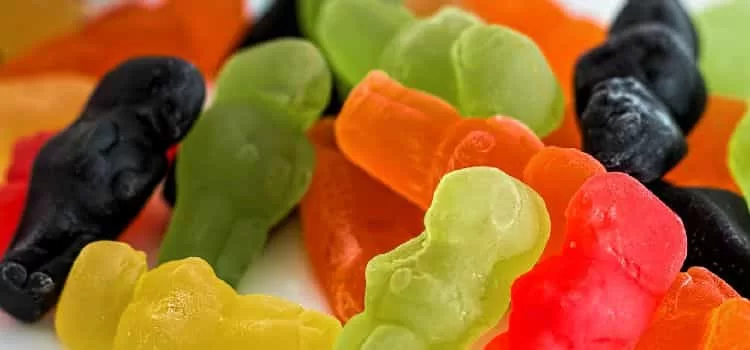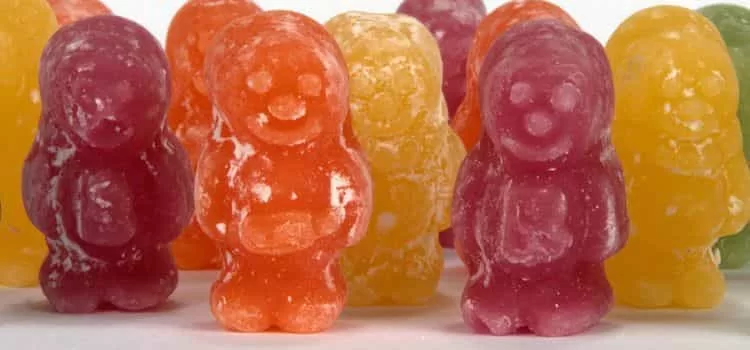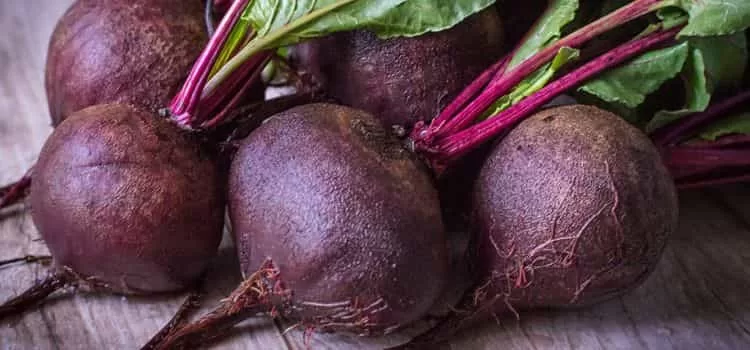Students produce a chromatogram using the colour extracted from jelly babies in the practical experiment C2. This shows that food colours are often mixtures containing several different pigments.
Category: Colours
Natural colours are extracted from vegetables and the effect of pH on them is investigated.Food colours are extracted from jelly babies and used for chromatography



